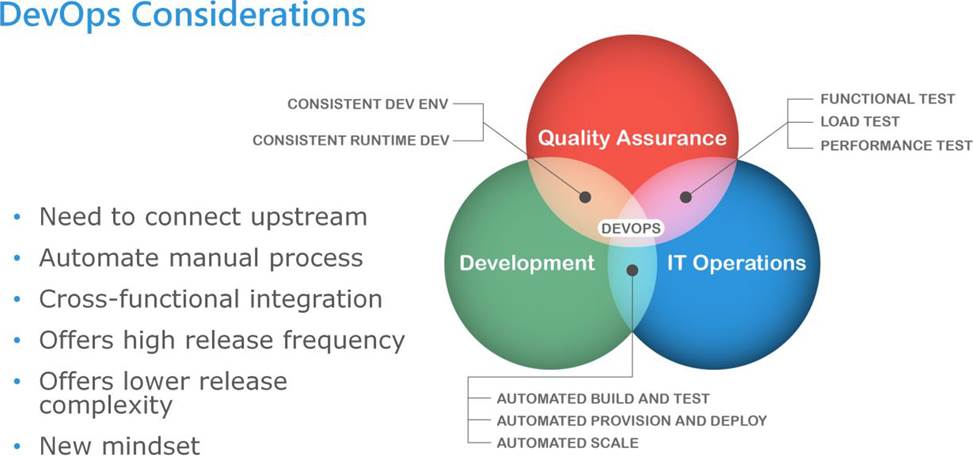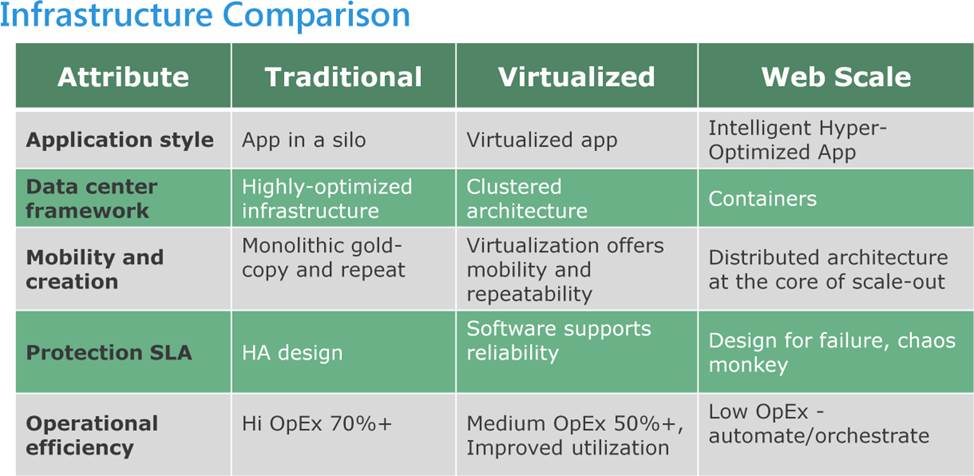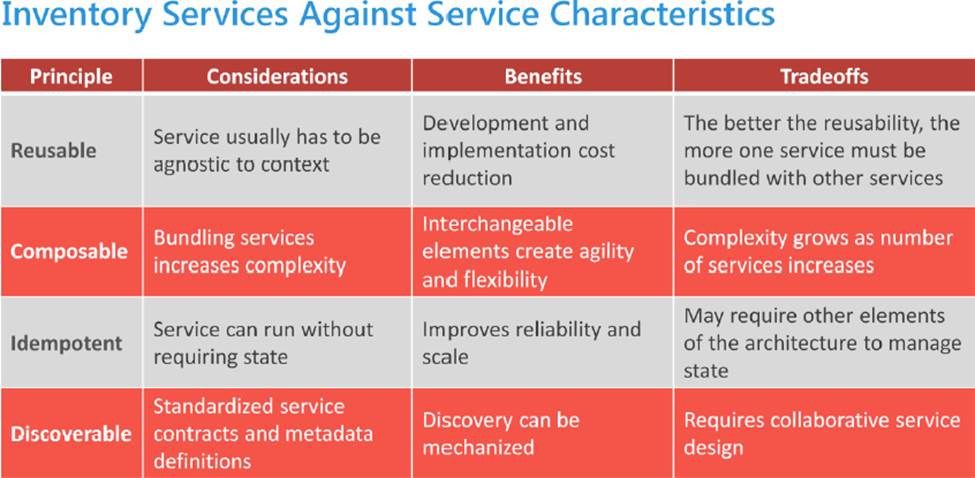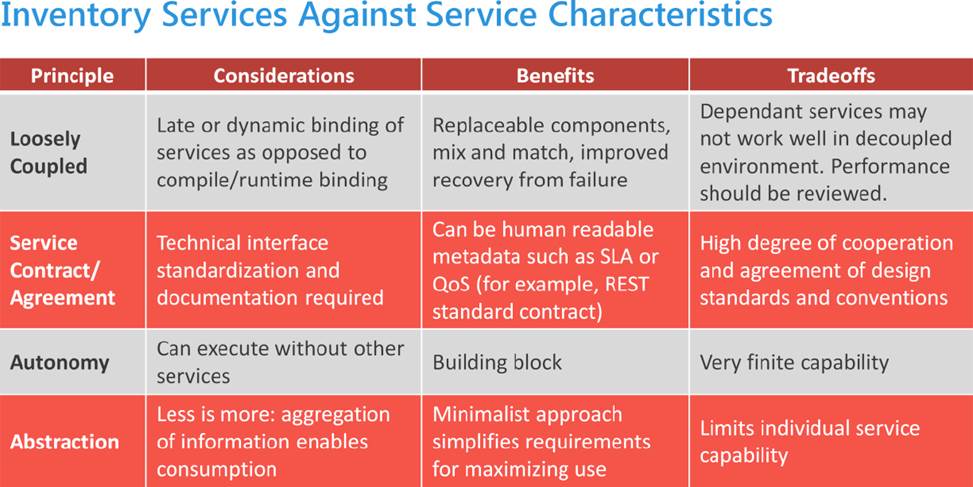DELL EMC E20-920 Cloud Services Expert Exam for Cloud Architects Online Training
DELL EMC E20-920 Online Training
The questions for E20-920 were last updated at Apr 26,2025.
- Exam Code: E20-920
- Exam Name: Cloud Services Expert Exam for Cloud Architects
- Certification Provider: DELL EMC
- Latest update: Apr 26,2025
A service provider is starting a new business for providing cloud services.
However, they are concerned that their cloud infrastructure design needs to be validated by usage over time and then adjusted to handle heavy loads.
What can they do to mitigate this concern with paying customers?
- A . Not accept any heavy loads until the design has been validated
- B . Re-design their cloud infrastructure to accommodate heavy loads
- C . Design their costing model to include loss of unhappy customers
- D . Include a reimbursement policy for service outages in the SLA
An organization wishes to more efficiently produce services by unifying processes and methods from various departments to provide more cross functional integration. To achieve these goals, all elements of the infrastructure will be software driven and manual processes will be automated as much as possible.
What practice is this organization trying to adopt?
- A . DevOps
- B . Service Oriented Architecture
- C . Governance
- D . Agile
An IT organization is in the process of transitioning to an ITaaS model and adopting cloud services.
The Chief Information Officer (CIO) is very concerned about the cultural shift in mindset that will be required in order to achieve success.
What might this concern be?
- A . It has to change from reacting to problems towards proactively creating services that meet business needs.
- B . IT staff have to learn to focus only IT efficiently and costs
- C . Lines of business have to culturally change and only adopt IT’s service offering to prevent Shadow IT
- D . External service providers have to be retained to educate IT stuff on operating like one of them
An organization has been providing web services within their private cloud. The web services, deployed through a service catalog, depend on a database resource in the private cloud.
The organization decided to make these web services availability globally by using a public cloud provider.
However, once of the web services were deployed into the public cloud, users started complaining about poor performance.
Which solution would most likely improve performance of the web services.
- A . Balance the load globally across multiple instances of the database
- B . Re-architect the web-service to be deployed as a month coupled
- C . Re-architect the web-service to be loosely coupled with the database
- D . Balance the load globally across multiple instances of the web service.
An organization is using a hybrid cloud for services. Services are designed to use Load Balancers.
Orchestration workflows are designed so that services instances are placed in multiple fault domains.
Why are services designed in such a manner?
- A . Minimize impact of security breech
- B . Mitigate risk to service availability
- C . Mitigate risk to service integrity
- D . Minimize impact of governance policies
What key features do Web Scale infrastructure and applications share that contribute to their success?
- A . Intelligent hyper-optimized applications, clustered architecture, low OPEX, and HA design
- B . HA design, distributed architecture, low OPEX, and design for failure
- C . Clustered architecture, design for failure, HA design, and intelligent hyper-optimized applications
- D . Design for failure, intelligent hyper-optimized applications, distributed architecture, and low OPEX
What is an example of an overall governance principle for deploying cloud services?
- A . Increase IT staff skillsets no
- B . Accommodate all workloads no
- C . Reduce IT operating costs
- D . Reduce custom services no
An organization is categorizing their existing services against service characteristics to determine how ready each one might be for the catalog. Part of this effort involves looking at the following three attributes for each service characteristic: considerations, benefits, and tradeoffs.
What attributes correspond to the following characteristics: Loosely Coupled, Idempotent, and Service Contract?
- A . Consideration: late or dynamic binding of services
Benefit: development and implementation cost reduction
Tradeoff: complexity grows as number of services increases - B . Consideration: late or dynamic binding of services
Benefit: improves reliability and scale
Tradeoff: high degree of cooperation and agreement of design standards and conventions - C . Consideration: standardized service contracts and metadata definitions
Benefit: improves reliability and scale
Tradeoff: complexity grows as number of services increases - D . Consideration: standardized service contracts and metadata definitions
Benefit: development and implementation cost reduction
Tradeoff: high degree of cooperation and agreement of design standards and conventions
An IT organization in a technology company is in the process of adopting cloud services in an ITaaS model. They are seeking to reduce their operating costs while delivering business aligned services.
What is the most effective way to do so?
- A . Implementing automation in delivery of services
- B . Increasing utilization by encouraging multi-tenancy
- C . Implementing a service catalog and enabling self-service
- D . Aligning IT staff with lines of business to ensure agreement with business objectives
A company is assessing the cloud maturity of their existing capabilities.
Which components should be analyzed to establish the baseline maturity?
- A . Self-service, broad network access, resource pooling, rapid elasticity, measured service
- B . Service catalog, plenty of bandwidth, virtualization, software defined networks, software defined storage
- C . SLA, SaaS, PaaS, IaaS
- D . Self-service, broad network access, measured service, SLA
Latest E20-920 Dumps Valid Version with 159 Q&As
Latest And Valid Q&A | Instant Download | Once Fail, Full Refund





